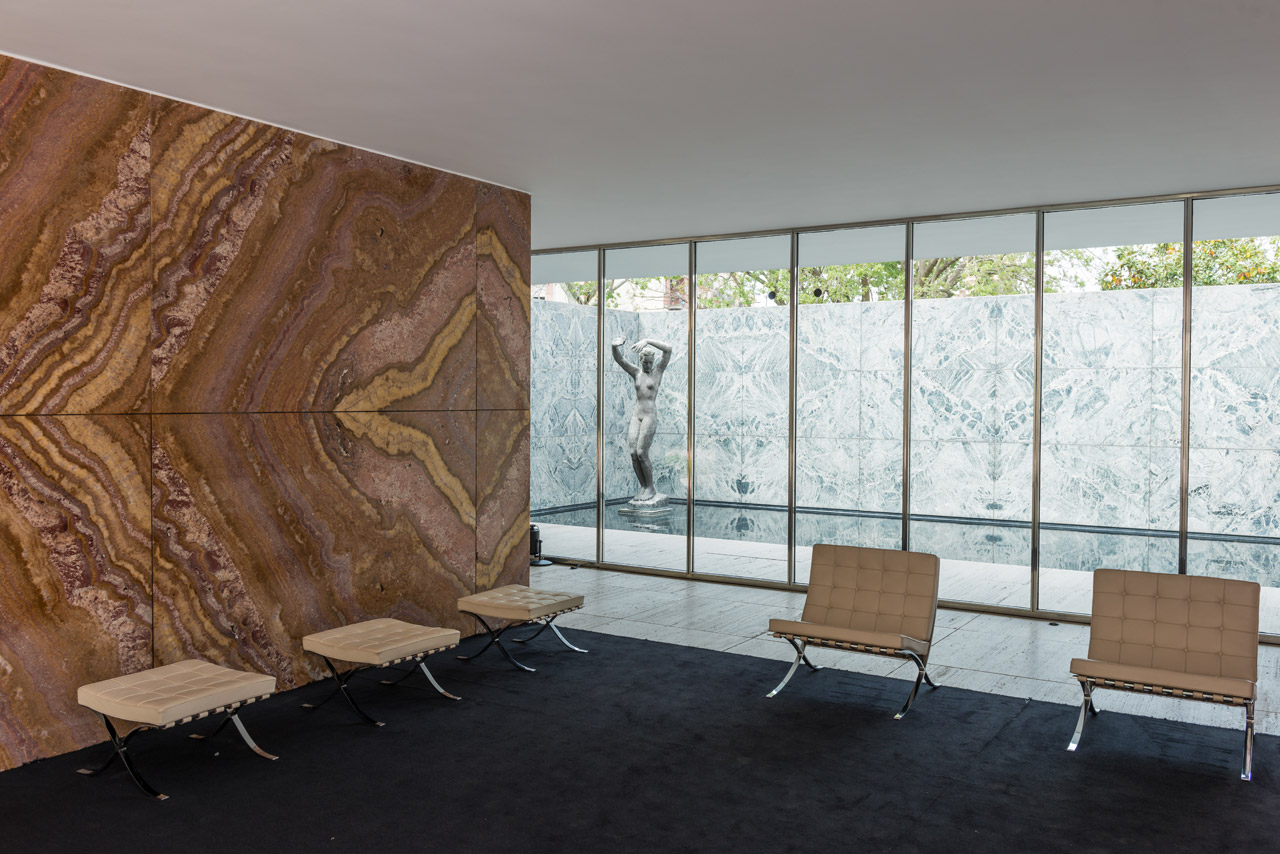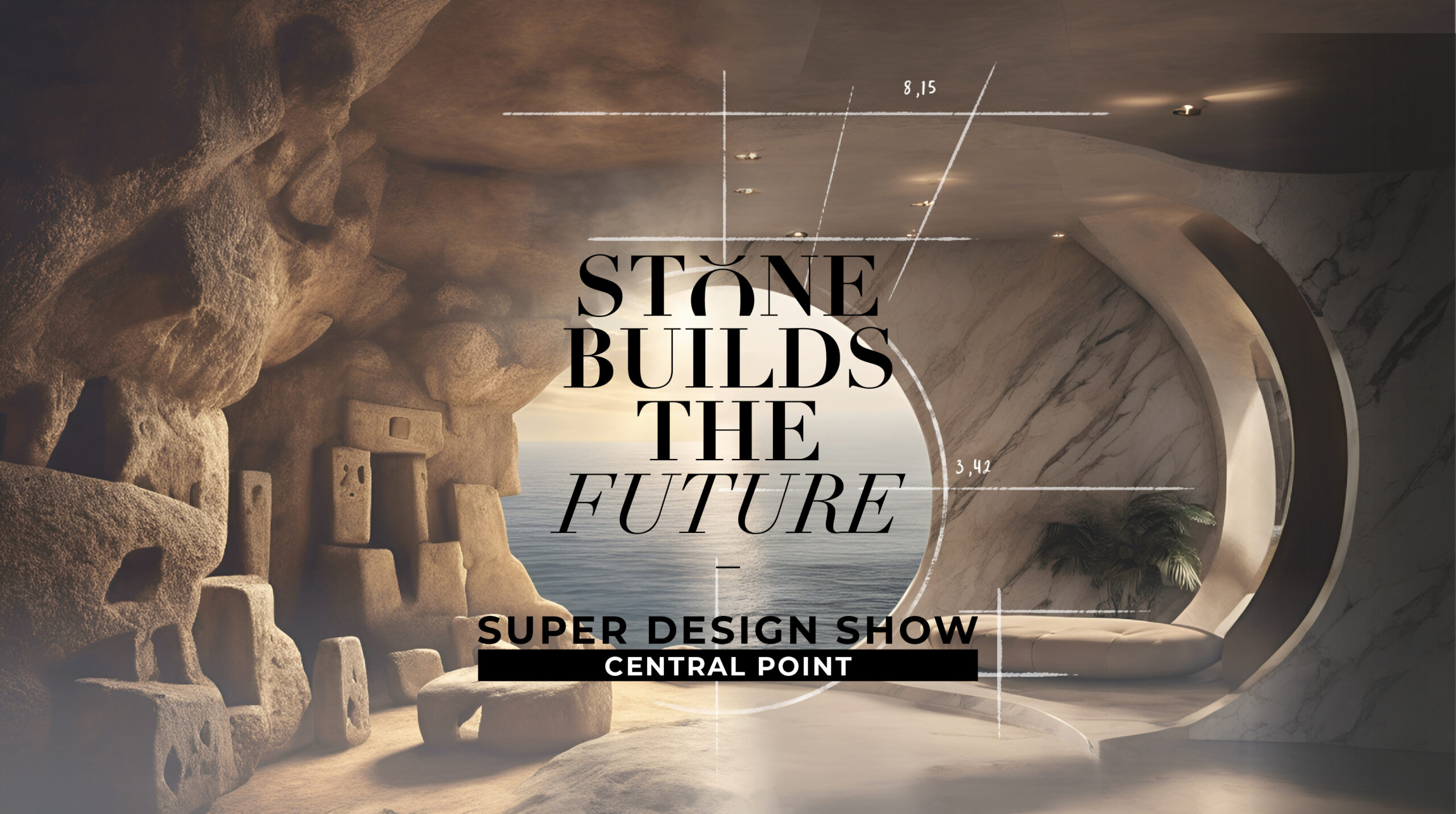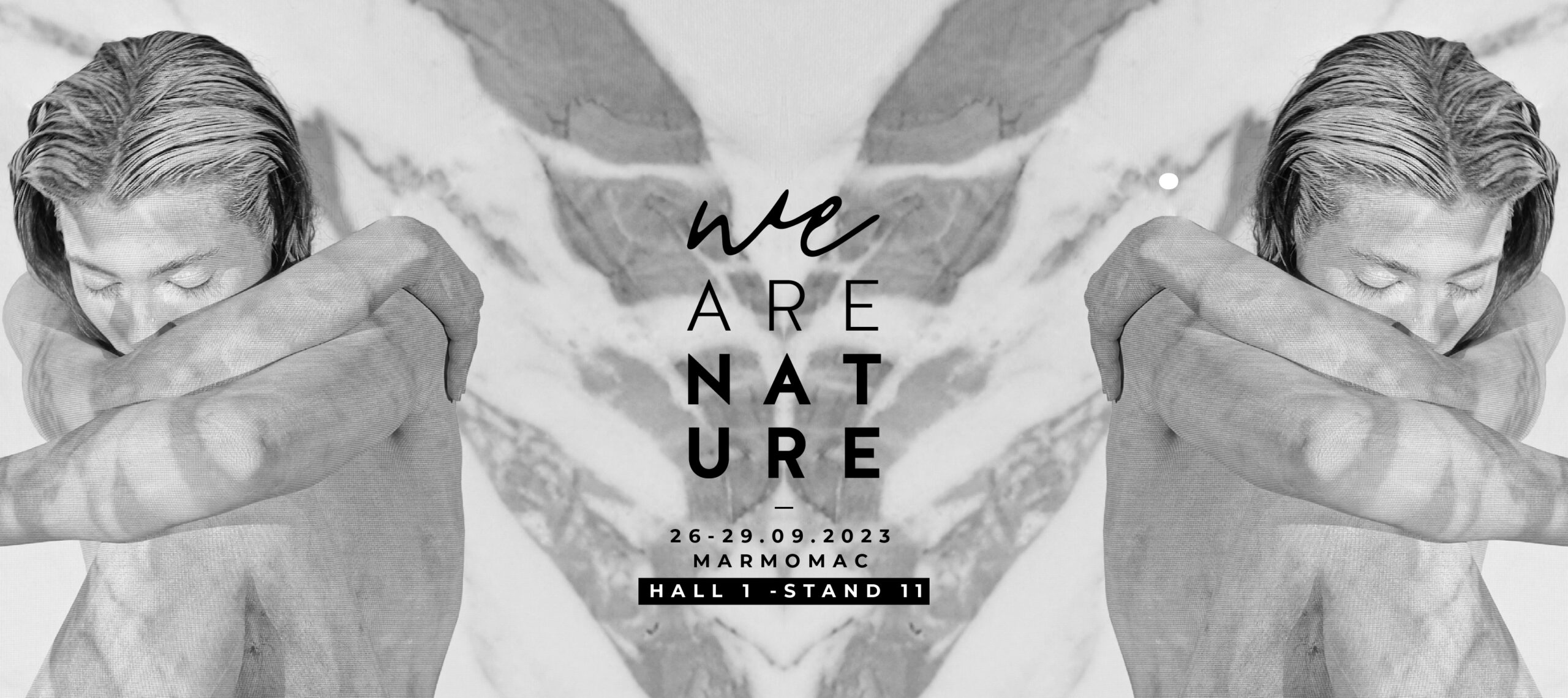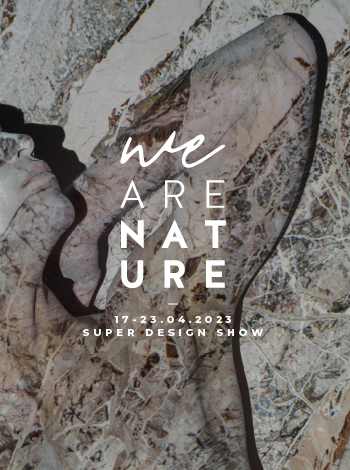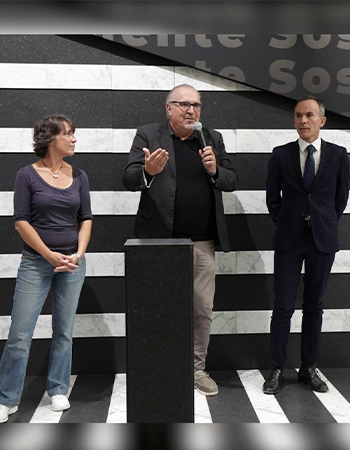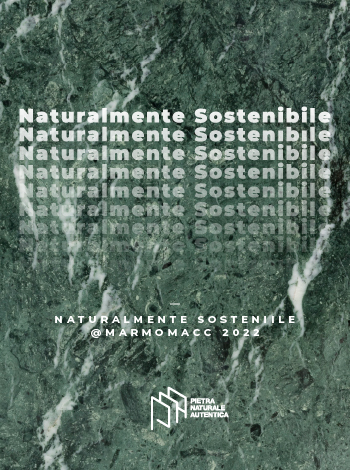The sensual, courageous, almost unscrupulous use of marble contrasts and, at the same time, embraces clean lines, giving rise to one of the masterpieces of modern architecture.
Lightness is undoubtedly not one of the intrinsic characteristics of the stone material. Yet, there exists an influential architectural project, which seemingly floats on water, made almost entirely of travertine, onyx, and marble,
The Barcelona Pavilion, designed by Ludwig Mies van der Rohe for the 1929 Expo, is archetypal in demonstrating how a masterful use of stone can create some completely unexpected effects.
The rectangular volume stands on an open-pore travertine base, which serves as a powerful podium and ethereal support for the eight cruciform pillars that give stability to the structure, together with an undeniable visual lightness.
This effect of levity also continues inside the Pavilion. Here, one can find the statuary closure in polished green marble, strategically placed in front of the same color screens.
The resulting play of reflections is unique. The marble slabs reflect the top of the chrome fixtures that support the glass. As a result, the crystals reflect the open spots of the precious material.
A similar effect comes to life between the travertine wall that flanks the pool and that magnificent nucleus of golden-red onyx.
Inside the building stands a courtyard, enclosed by a marble wall in the shape of a “U.” Here, a small body of water flows over a black glass surface, explicitly designed to exasperate the reflective effect. Protected by three solid green Tino marble slabs stands the famous statue of Georg Kolbe called “Der Morgen” (in the morning), later nicknamed “La Ballerina” for its particular position with raised arms. Its beauty is multiplied by the small pool located under its feet.
Continuing towards the main terrace, located to the south-east of the building, the undisputed protagonist is the other water pool, which seems to have been created specifically to reflect the entire structure of the Pavilion. Like a candid narcissus, the travertine is reflected in the pool, showing all its splendor. The material reigns supreme throughout this outdoor space, flanking the terrace vertically and covering the entire base. In this case, van der Rohe devised a strategy to amaze the visitor: the floor slabs were placed to continue for a few centimeters above the pool, giving the impression that the water continues to flow below it.
Of course, the choice of travertine was not random: this type of material, when exposed to the sun, illuminates intensely. This iridescence only intensifies the reflective effect, giving the space an additional visual lightness.
Water, glass, stone, steel: everything was studied carefully designed to give life to a project of timeless elegance, characterized by a delicate play on contrasts and symmetries that make it one of a kind. l perfetto equilibrio formale e il sapiente utilizzo dei materiali, permette così all’onice, al travertino e al marmo verde, di mantenere intatta la loro forte identità e, allo stesso tempo, di dialogare tra loro in un’ideale armonia.


